The first one is a Lotus 18 which was entered by Reg Parnell’s Yeoman Credit Racing team in a series of four races in New Zealand in January and February 1961. Visually, it looks identical to the 1.5-litre Climax FPF-engined Formula 2 Lotus 18, reportedly chassis 18-904, entered by Reg Parnell in several races in 1960. However, for the New Zealand races, it was running a 2.5-litre Climax FPF engine and it would continue to run this engine on its return to the UK, as the team’s intention was to run it in InterContinental formula races (in Formula 1 World Championship events they had committed to running a pair of Coopers with 1.5-litre FPFs for Surtees and Salvadori) during the 1961 season.
The InterContinental formula was created mainly at the behest of the British Formula 1 teams, who were outraged at the decision to switch the Grand Prix formula from 2.5-litres to 1.5-litres from 1961 onwards. Cars with engines up to 3-litres were permitted to take part, the idea being that it also gave an outlet for all the car owners who had cars fitted with engines that were no longer eligible for Grands Prix.
The first appearance of the Yeoman Credit 18 in New Zealand was in the New Zealand Grand Prix at Ardmore on 7th January 1961. I have found a great colour film from Archives New Zealand which shows a few brief glimpses of the car. This appears to show that it was painted dark blue or very dark green, which was due to be the main colour of the Yeoman Credit Racing team for 1961.
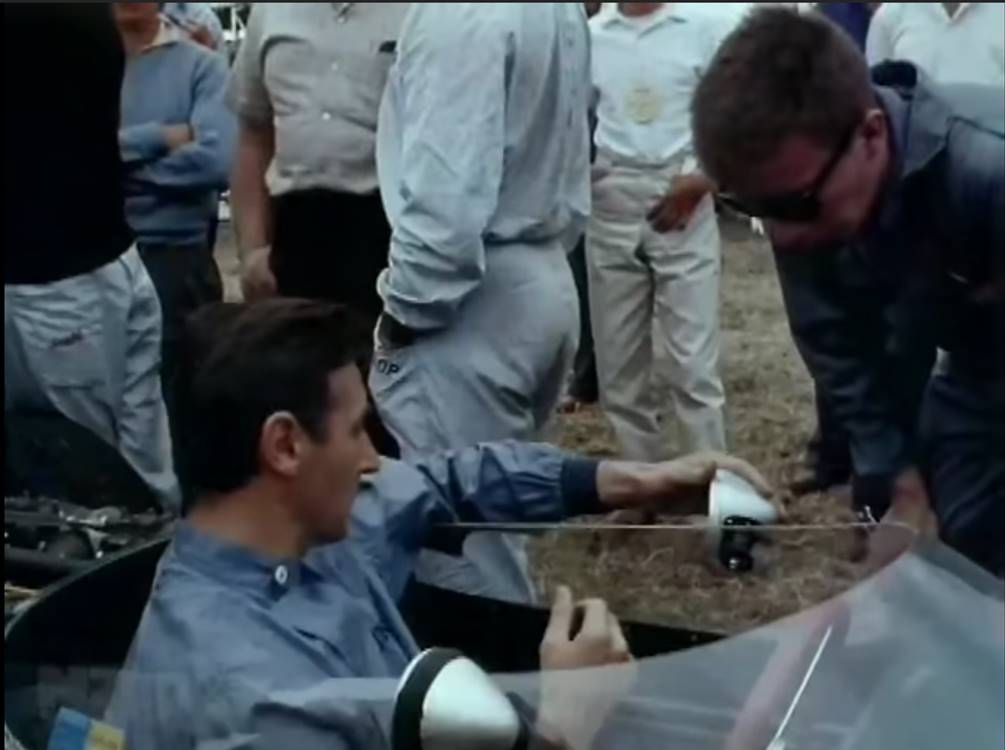

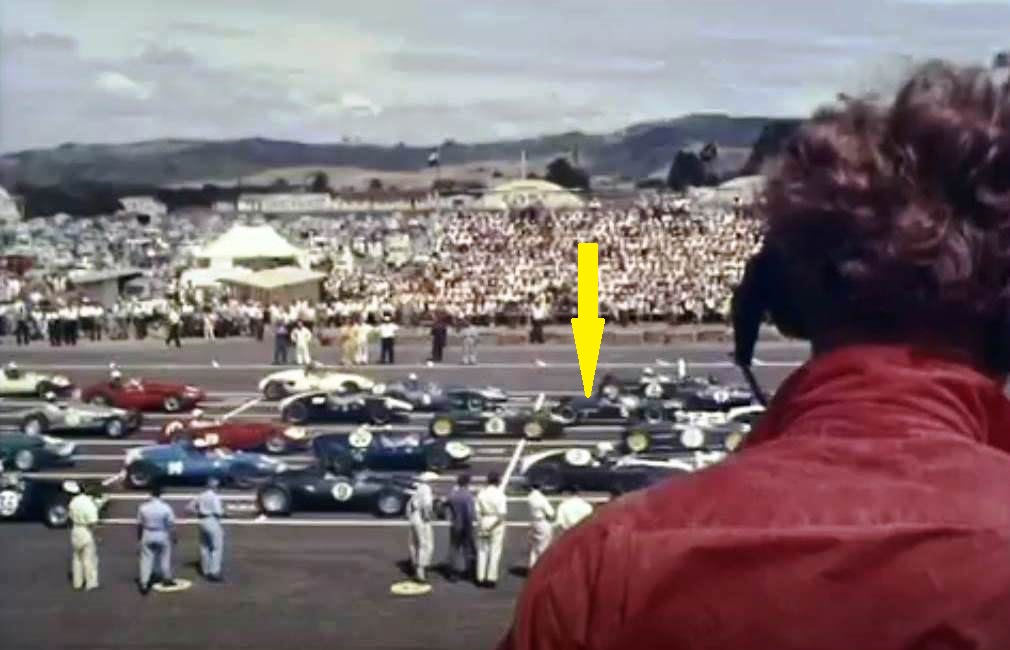
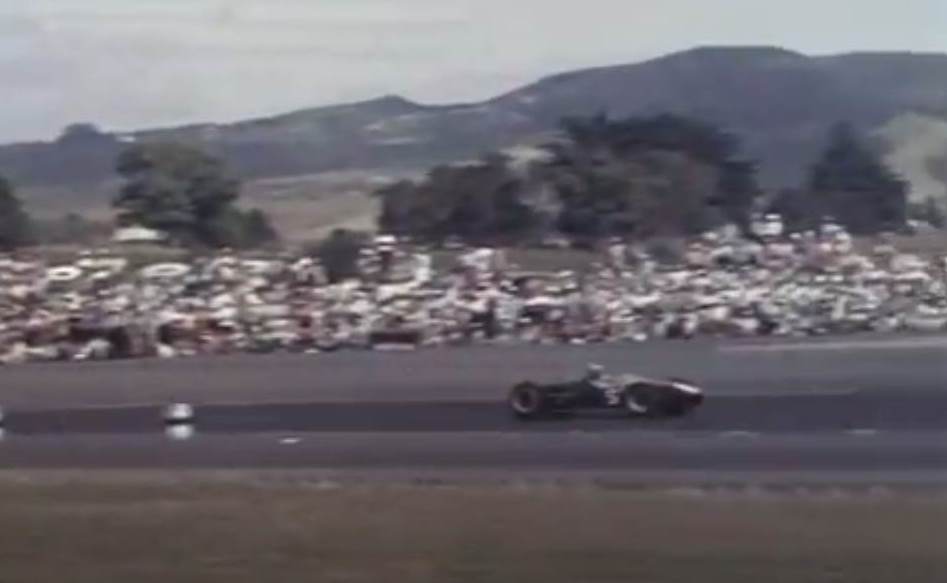
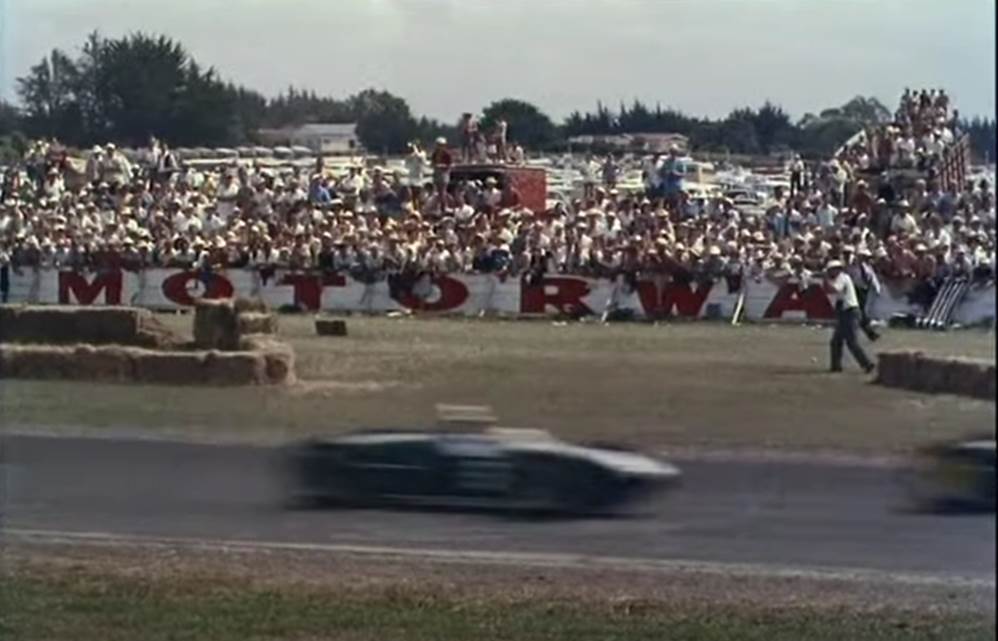
Amazingly, this car was housed in the Auckland garage of Steve Oxton, father of the New Zealand racing driver, David Oxton and David has kindly located the photo below, which gives a better view of the car.
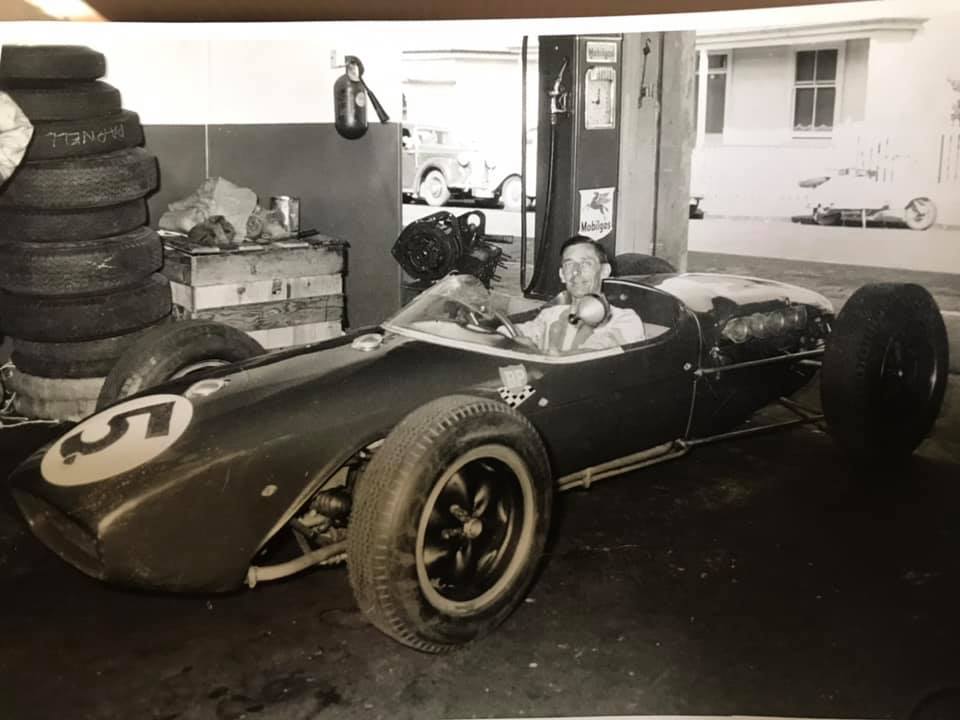
I found some other footage – supposedly colour but really washed out so badly that you can’t see the colours properly – that has a couple of views of the Salvadori car at the same race but it’s hard to make out any useful detail.
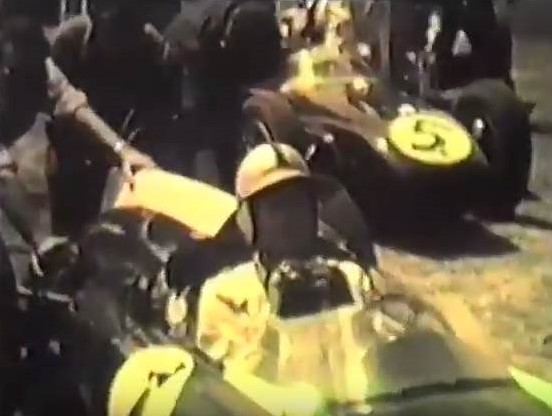
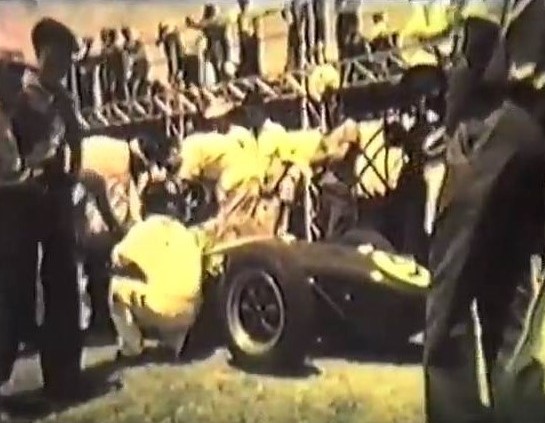
It wasn’t a particularly successful trip for the team. After finishing 5th in Heat 1 at Ardmore, Salvadori retired in the final with transmission problems. At Levin on 14th January, he finished 3rd in Heat 1 but again retired in the final due to a problem with his radiator. At Wigram on 21st January he again retired due to a broken transmission. The car at the time would have been using the Lotus 5-speed sequential gearbox. Although way ahead of its time, it was consistently unreliable due to being under-engineered. This was the assessment of a young Keith Duckworth, who left his job as gearbox engineer at Lotus to found Cosworth when Colin Chapman refused to redesign the box.
I have a couple of photos from the race at Teretonga on 4th February 1961, where Salvadori finished 2nd behind his team-mate Jo Bonnier, after more problems in the heats.
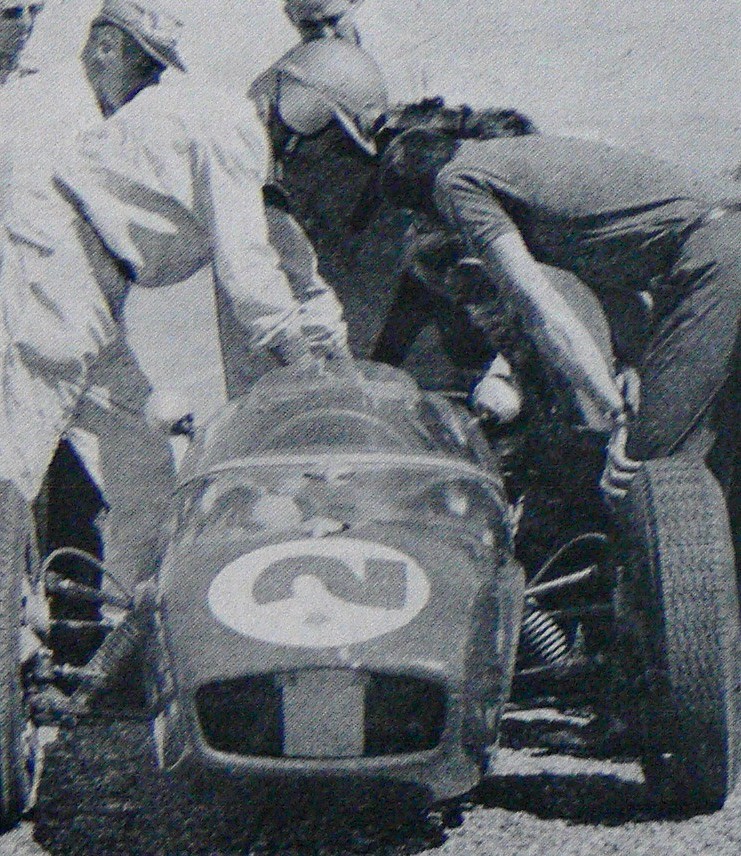
What I’d really like is to get my hands on some really good colour shots of the car racing in New Zealand. If anyone can help I’d be really interested to hear from them.
Once back from New Zealand, the car was entered by Yeoman Credit Racing for Salvadori to drive in the Lavant Cup InterContinental race at the Goodwood Easter meeting on 3rd April 1961. This time, he did manage a finish, coming home 5th in a fairly thin field.

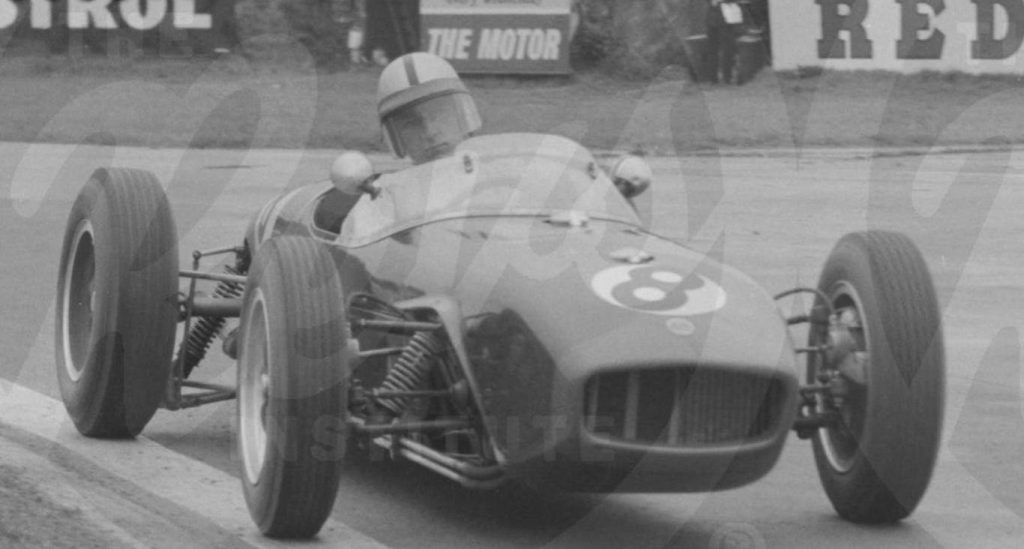
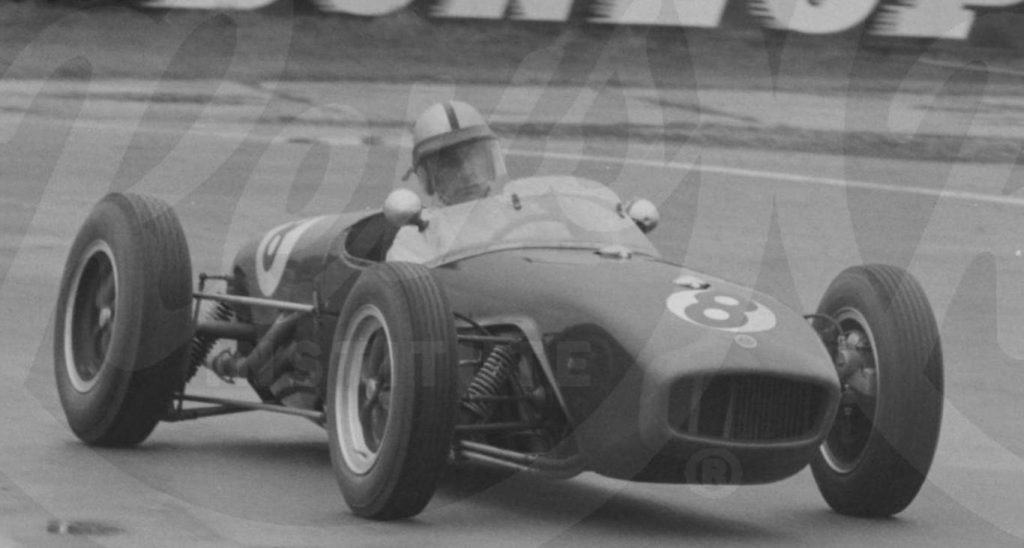
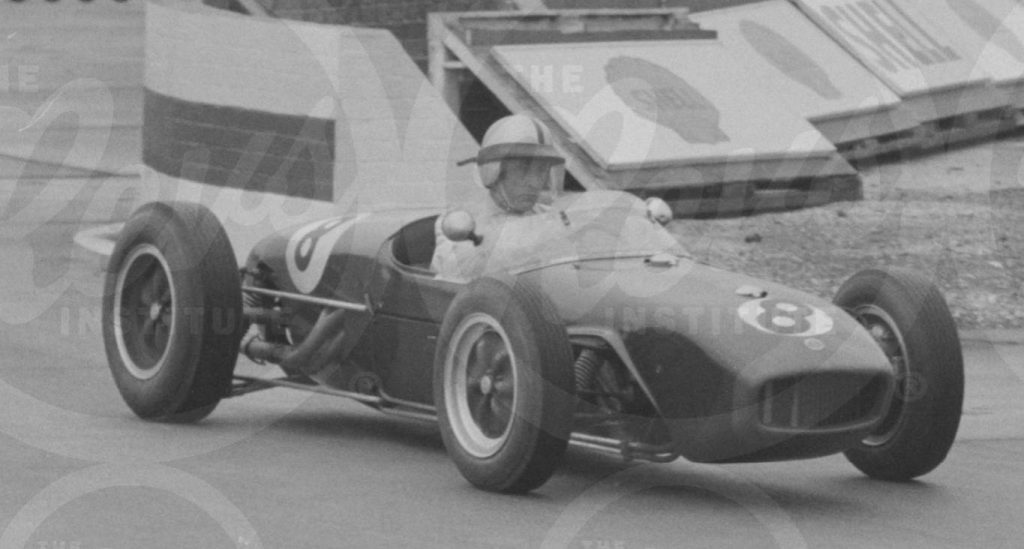
Again, if anyone has any colour photos taken at this event, I would love to see them.
The car was next entered for the International Trophy at Silverstone on 6th May 1961. This was another InterContinental formula race. This time the nominated driver was Mike Parkes. Unfortunately, the track rod broke on the car during practice and Mike hit the bank quite hard, certainly damaging the car beyond the point where it could be repaired in time for the race and possibly writing it off. Certainly it didn’t appear again that year.
Unfortunately, I don’t have a single photo of the Yeoman Credit 18 from this event. If anyone can help me on this, I’d be extremely grateful.
In an interview with Reg Parnell in the December 1961 issue of Motor Racing magazine, he said of the 18 that his team used that year “At Goodwood, we also had the Lotus which we used in New Zealand; this car was crashed during practice for the Silverstone May meeting, and has not been rebuilt.”
With Reg Parnell’s son Tim building up two 18/21 specification cars known as the ‘P’ cars for the 1962 season, there is a possibility it could have become one of those and there is also the possibility it could have been rebuilt to 18/21 specification at the same time as the ‘P’ cars and sold by Tim Parnell to Philip Robinson, who raced a Lotus 18/21 in the 1962 and 1963 seasons. Or it could just have been scrapped – by the end of 1961 a standard specification Lotus 18 was becoming obsolete and worth very little.
If anyone can shed any further light on the fate of the Yeoman Credit Racing Lotus 18, I’d love to hear about it!